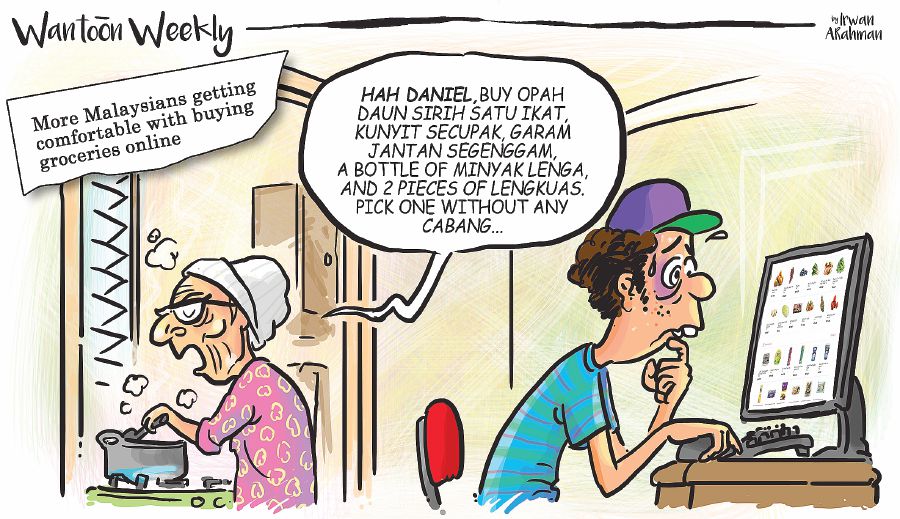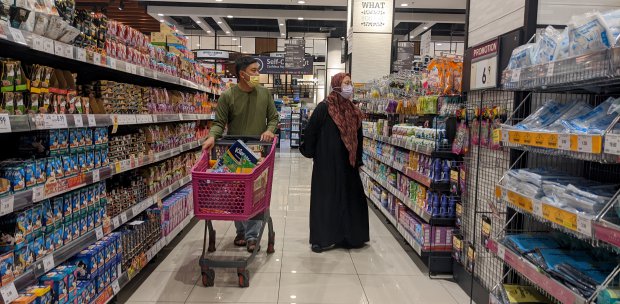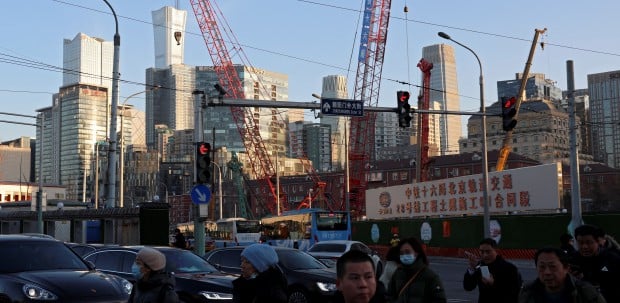TABLING a national budget months before a general election can be fraught with opportunities or pitfalls, or both for any finance minister or Chancellor of the Exchequer.
By its very timing, the expectations and wishlists of various interest groups are naturally for a surfeit of giveaways whether through tax cuts, rebates and exemptions; subsidies and pay rises — no doubt each group arguing for its own “unique” case.
So, when Prime Minister Datuk Seri Najib Razak in his capacity as finance minister tables the 2018 Budget in the Dewan Rakyat on Friday, he will have the unenviable task of trying to satisfy as many Malaysians, at perhaps one of the most important crossroads the country is faced with since independence.

With the 14th General Election looming before May next year and an opposition bloc seemingly disunited, the 2018 Budget could turn out to be one of the most important and defining ones to be tabled by Najib since he assumed the two highest offices in April 2009.
Whatever incentives or tough decisions he gives and takes, his detractors would no doubt scream the usual diatribes of “handouts” and “bribing the voters”, or “it is the symptom of a failing economy”, which seem to be the rhetoric of political discourse these days of an opposition clearly in disarray. Not that governments per se do not indulge in budget giveaways.
However, the economic case for Najib to be judiciously “generous” in his “Shaping the Future” budget is clearly there, supported by the government’s own economic indicators and data from independent third parties, such as the International Monetary Fund (IMF).

The IMF, at the World Bank Group Annual Meetings in Washington recently, gave the thumbs up to Asia, which it stressed “continues to lead the global economy with strong growth projected at 5.6 per cent this year and 5.5 per cent in 2018. The strength of many economies in the region provides an opportunity to pursue key reforms that can amplify and accelerate their beneficial effects, boosting living standards for all”.
Strong growth in Asian countries is primarily driven by higher investment and exports, and the recovery in Japan and China.
The Fund projects Malaysia’s real gross domestic product (GDP) to reach 5.4 per cent this year compared with 4.2 per cent last year, before settling to 4.8 per cent next year.
While the growth outlook has been revised upward, inflation has been marked downward mainly because of lower commodity prices and appreciated local currencies.
Palm oil prices indeed fell by 12 per cent from February to August, as production in Malaysia and Indonesia continued to rebound from the 2015–2016 El Nino, and are expected to increase further, partly because of seasonal factors.
However, there may still be some inflationary pressures albeit these would be balanced out because of the impact of positive economic developments in Asia in general.
Consumer prices in Malaysia, according to the IMF, are expected to rise to 3.8 per cent this year before falling sharply to 2.9 per cent next year.
The country’s current account balance remains stable and projected at 2.4 per cent of GDP this year and 2.2 per cent next year.
There is also good news on the unemployment front, with the projected rate steadily on a downward trend from 3.5 per cent last year, to 3.4 per cent this year and 3.2 per cent next year.
The IMF, in a recent report, commended the resilience of the Malaysian economy, which “reflects sound macro-economic policy responses in the face of significant headwinds and risks.
“While Malaysia’s economic growth is expected to continue this year, weaker-than-expected growth in key advanced and emerging economies or a global retreat from cross-border integration could weigh on the domestic economy”.
On the domestic front, one of Putrajaya’s prime economic objectives in recent years has been to raise the income and prosperity of those in the B40 low-income group and M40 middle-income group, thus taking even more Malaysians out of poverty in line with efforts to make the country a high-income and productivity nation, and knowledge-based economy by 2050 through the flagship Transformasi Nasional 2050 (TN50) national development initiative of Najib. It would thus be only appropriate if the budget continues to target the above groups by laying the solid platform for the advent of TN50 in 2020 in pursuit of its future success.

To further enhance the above, Najib should have a roadmap to increase the minimum wage as and when the economy can afford it, although the intellectual case for introducing a living wage will become stronger as the country steers towards TN50.
No doubt education, affordable housing and healthcare are staple issues for any self-respecting budget, which together with better wages and lower cost of living, contribute to that important “feel-good factor” which politicians the world over crave for.
At the same time, Najib needs to rein in growing household debt, which according to the IMF, exceeded 50 per cent of GDP in Malaysia.
One budget policy introduced in 2015, the Goods and Services Tax (GST), despite initial opposition, has turned out to be a spectacular success.
This year, according to the Royal Malaysian Customs Department (RMCD), GST is expected to rake in RM42 billion in revenues, which according to Najib, has helped halve Malaysia’s fiscal deficit from 6.7 per cent in 2009 to 3.1 per cent in 2016.
But even here Najib is faced with a balancing act. RMCD would like GST to be extended to digital transactions so as to tax the growing digital economy efficiently.
The sector, however, would like tax incentives and certainty, which it argues would enhance the competitiveness of the Malaysian economy in the era of digitalisation and quicken the pace of technology disruption. Other sectors are also clamouring for special treatment. The Real Estate and Housing Developers’ Association (Rehda), for instance, would like construction materials for the development of affordable housing to be GST exempted.
Bread-and-butter issues are bound to dominate the 2018 Budget. Rising oil and commodity prices will have a knock-on inflationary effect, which in turn will push up the cost of living.
With subsidies abolished or reduced, Najib’s challenge is whether the rise in wages and income are adequate to mitigate the impact of rising prices and to sustain his stated policy of lifting even more Malaysians out of poverty.
The writer is an independent
London-based economist and writer





